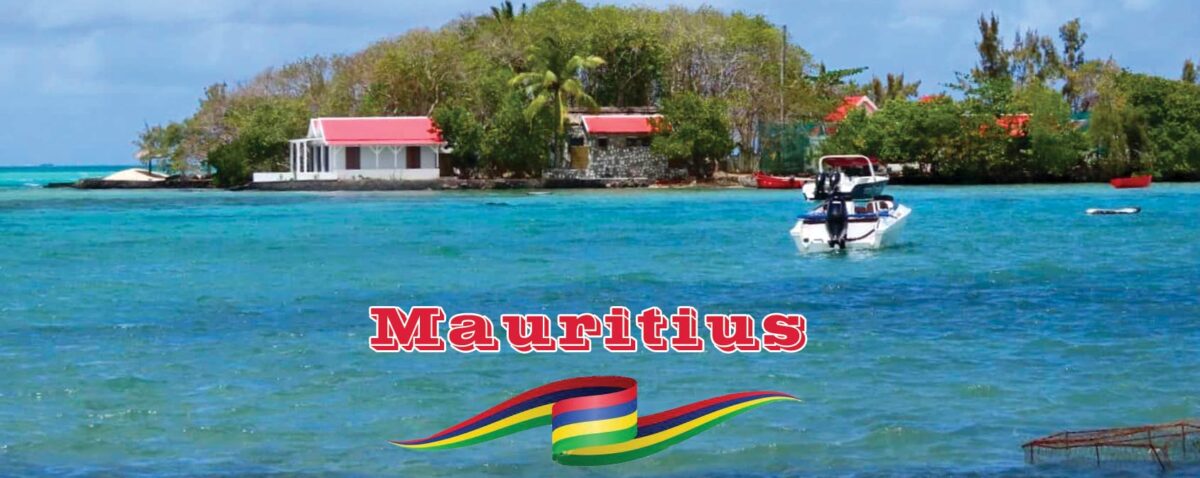 I have been busy setting-up
I have been busy setting-up
Just a brief update on what has kept me from writing here. After receiving the Amateur Radio licence from the authorities the next step was to buy radio equipment. I opted for the Elecraft KX3 transceiver with the optional PX3 panadapter. When this equipment finally arrived the next phase was to set-up the radio station. The antenna had already been installed on the roof so nothing more to do externally. The work was mostly cables and menu settings, options on the radio and transmission tests.
 After the initial radio station set-up then came the added configuration for digital modes. What equipment is not connected to a computer these days? No exception here, the radio is connected to the laptop and using software for Amateur Radio Weak-Signal Communication; Ham Radio Deluxe for rig control and logging as well as WSJT-X and JTAlert for transmitting and receiving in various digital modes such as FT8. In the past years when I was operating there were no computers apart from decoding peripherals for RTTY (radio teletype) or AMTOR (amateur telex over radio). Today there is a huge choice in compatible software for various modes. Getting familiar with the new digital ways of working has been interesting and sometimes frustrating due to the complexities of options and configurations. However, I finally got things working ok in digital FT8 mode and managed some regional contacts and some a little farther away. Interesting to note that these contacts were achieved with low power transmitting 10 Watts only; South Africa, Philippines, Japan, Indonesia, Germany, Switzerland, Belgium, USA, just to name a few. Using low power in digital mode is challenging it requires patience. Well, as my wife would say it keeps me off the streets and my neurons working especially as there is still a considerable learning curve to this. Lots more fun to be had with this hobby.
After the initial radio station set-up then came the added configuration for digital modes. What equipment is not connected to a computer these days? No exception here, the radio is connected to the laptop and using software for Amateur Radio Weak-Signal Communication; Ham Radio Deluxe for rig control and logging as well as WSJT-X and JTAlert for transmitting and receiving in various digital modes such as FT8. In the past years when I was operating there were no computers apart from decoding peripherals for RTTY (radio teletype) or AMTOR (amateur telex over radio). Today there is a huge choice in compatible software for various modes. Getting familiar with the new digital ways of working has been interesting and sometimes frustrating due to the complexities of options and configurations. However, I finally got things working ok in digital FT8 mode and managed some regional contacts and some a little farther away. Interesting to note that these contacts were achieved with low power transmitting 10 Watts only; South Africa, Philippines, Japan, Indonesia, Germany, Switzerland, Belgium, USA, just to name a few. Using low power in digital mode is challenging it requires patience. Well, as my wife would say it keeps me off the streets and my neurons working especially as there is still a considerable learning curve to this. Lots more fun to be had with this hobby.

With regards to ARES indeed very useful in times when needed and even back in the 80’s I was involved with our REACT
monitoring on CB/27Mhz and I took over for all of the Essex and much of Kent areas when REACT folded.
Handled many emergencies from searches to a stranded boat in the River Thames, as well as various breakdowns
and I must look-up the old records and remind me of what I/we did. Even ended up in the press (newsprint of course as the other would have been painful !!!
Sorry Mike, your reply to mine was not seen until now and my Broadband here was out for periods, but apparently all sorted now.
I will ph you for sig.report times from you, as well as in a few minutes will trawl the bands to see what’s open and keep a note of times etc., for your reference…
Excellent Mike, to hear here that you are achieving what has taken a lot of your time and patience over the last year and more.
Now I just want to hear you on the airwaves – in due course.
Keeping you “off the streets” eh !!! The mind boggles…
Well done…
Will be needing your monitor services in the future for a signal and propagation report from the UK.
I’m certain you will do great, Mike! I did a post on ham radio operators a while back. I learned a lot doing the research for it (of course 75 years ago were different), and how much they did and still do to help people out. Best of luck and thank you for keeping us up to date on your activities in that little spot of paradise.
In USA the ARES (Amateur Radio Emergency Services) do a great job of mobilisation when normal communications fail.